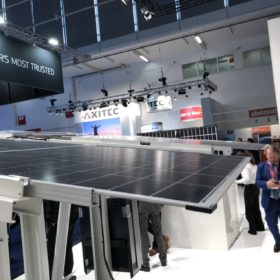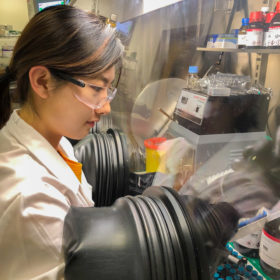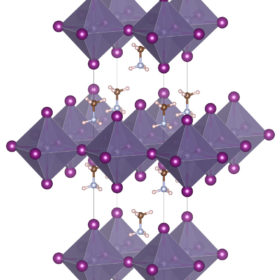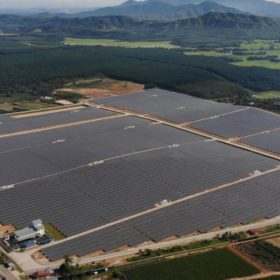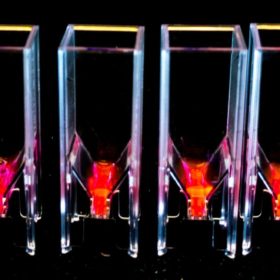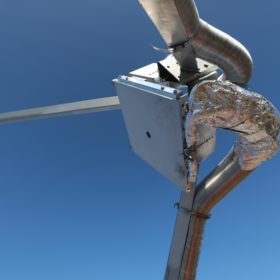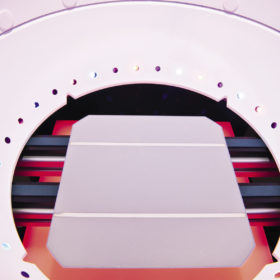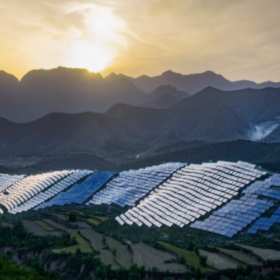New cell efficiency records for Trina and Canadian Solar
Chinese PV manufacturer Trina Solar today announced it has achieved a new efficiency record of 24.58% for a cell based on n-type monocrystalline TOPCon technology. The record has been confirmed by the ISFH CalTeC laboratory in Germany. Meanwhile, fellow giant Canadian Solar also hit a new milestone with its cast mono technology, reaching 22.28% conversion efficiency on a 157mm² wafer.
How selenium alloying gives CdTe thin film a boost
A new study conducted by an international team of scientists from leading institutions in the U.K. and the United States provides an explanation as to how the addition of selenide can greatly improve the efficiency of cadmium telluride solar cells. Explaining the performance boost will provide researchers with a route to explore further efficiency improvements, pushing the material’s cost even lower.
Best of both – quantum dot and perovskites team up for stable performance
Perovskites and quantum dot solar cells both have potential for use in high efficiency PV devices, but have major challenges to overcome to be a commercial reality. Scientists at the University of Toronto have found that if the two technologies are combined in the right way, they can stabilize each other.
Looking past perovskites
Researchers at the University of California, San Diego – with the help of the university’s Comet supercomputer – modelled thousands of halide compounds to come up with a shortlist of 13 materials that could be candidates for the efficient solar cell materials of the future.
65 MW project connects to the grid in Malaysia
Norwegian-headquartered developer Scatec Solar has announced the start of commercial operations for the Jasin Solar Plant, the second of three 65 MW projects the company is working on in Malaysia as part of a consortium led by engineering firm ITRAMAS.
Organic PV all at sea thanks to new observations
Scientists seeking the next generation of highly efficient PV devices have found inspiration in nature. Researchers from the U.K.’s University of Birmingham and the University of Utrecht, in the Netherlands, examined the light harvesting mechanisms in ocean microalgae that are said to be up to 95% efficient.
Scientists concentrate on efficient hydrogen production
Researchers from the Laboratory of Renewable Energy Science and Engineering at Switzerland’s Ecole Polytechnique Federale de Lausanne have developed a device which they say could “provide a pathway for device scalability aimed towards the large scale deployment of photo-electrochemical hydrogen production”.
Scientists make an exciton organic PV discovery
Researchers at the U.S. Department of Energy’s Lawrence Berkeley Laboratory have found a mechanism for creating a charge in molecular materials. The findings, say the team, could lead to new approaches in the design of PV devices.
The weekend read: Quality on the line
With competition on the module market as cutthroat as ever, manufacturers are increasingly looking to emphasize the quality and reliability of their products and services as a differentiator. pv magazine investigates what’s behind some of these claims, and the move from manufacturers to more sophisticated quality assurance methods.
GCL-Poly posts $68m net loss for 2018
Chinese polysilicon giant GCL-Poly Energy today posted its financial results for the full year 2018. The company saw a loss of RMB 458.4 million ($68.3 million), which it attributes primarily to China’s 31/5 policy.

